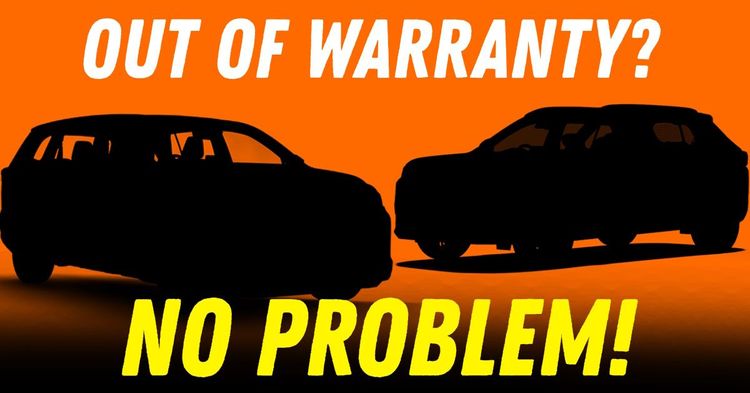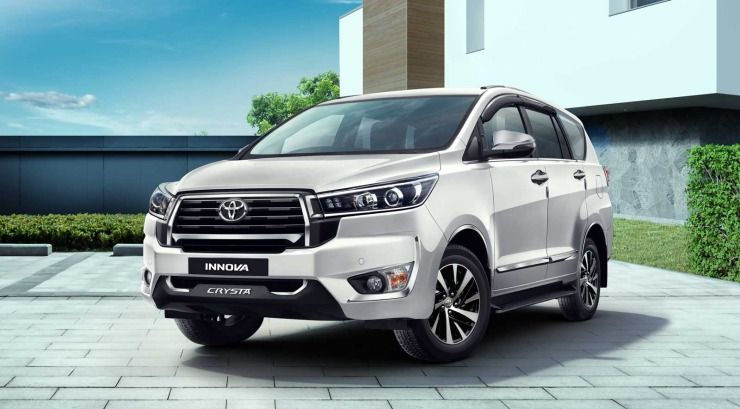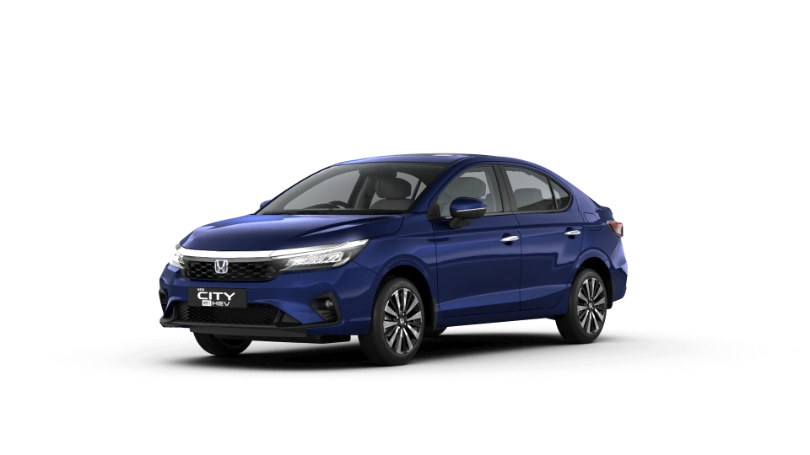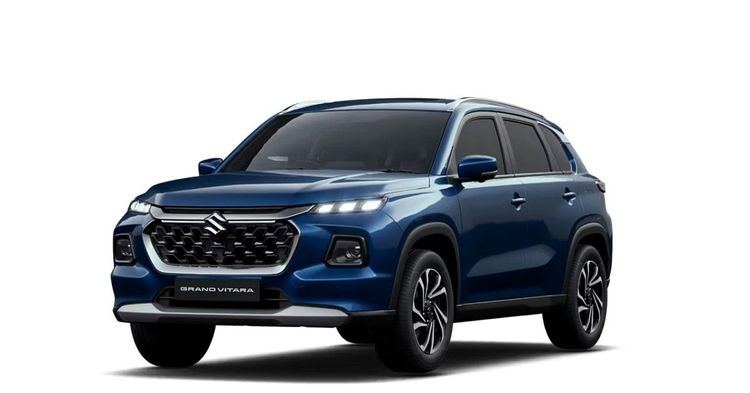Cars That Won’t Break the Bank Even After Warranty Expires And Repairs Begin


When you're shopping for a car that costs between ₹15 and ₹50 lakh, you're not just buying transport. You're investing in a machine that should deliver a refined experience, year after year. Most buyers in this bracket expect a certain level of comfort, presence, and brand trust. But there's one crucial phase many people forget to plan for: what happens after the warranty ends?
It’s often the fifth or sixth year when ownership truly tests your decision. That’s when parts start to wear, sensors misbehave, and service bills begin to climb. Suddenly, that well-priced premium car may start demanding double-digit repair costs. And while the dealership won’t say it upfront, many vehicles are not designed with out-of-warranty ease in mind.

That doesn’t mean you need to compromise. Several cars in the market combine desirability with long-term dependability. They age gracefully, are supported by solid service networks, and don’t demand massive amounts when things do go wrong. If you’re thinking ahead and want a car that won’t become a financial burden down the line, this list is for you.
The models listed below have been selected based on their track record of mechanical reliability, lower-than-average long-term maintenance costs, widespread service accessibility, and reasonable spare part pricing. In short, these are cars that offer premium appeal but remain practical to own well after their warranty has expired.

A rare combination of full-size sedan luxury and bulletproof hybrid reliability, the Camry is often underrated. It features a smooth 2.5-litre petrol engine paired with Toyota's proven hybrid system, delivering comfort, refinement, and excellent fuel economy. It may not shout luxury from the rooftops, but it quietly outlasts most rivals.
Why it works post-warranty:
Low failure rates, hybrid technology shared with Lexus, exceptional build quality, and one of the most reliable drivetrains in the market.

The Fortuner has earned its reputation the hard way. Whether it’s long highway runs or rough terrain, this SUV delivers unflinching performance over time. The diesel engine is simple and robust, and Toyota’s extensive service network adds peace of mind. For buyers who value durability over tech gimmicks, the Fortuner remains a top choice.
Why it works post-warranty:
Built to last, wide service support, high parts availability, and impressive resale even after years of use.

Fill it, shut it and forget it. If this tagline, which used to apply to Hero Honda motorcycles of yore is applied to a car - the Toyota Innova Crysta will fit it just right. An MPV that's built on a rugged ladder frame chassis, the Innova Crysta is known to run trouble free for years. It's not uncommon to find Toyota Innova Crysta MPVs with over 5 lakh kilometers on the odometer running trouble-free with just routine oil changes and service.
Why it works post-warranty:
Built to last, wide service support, high parts availability, and impressive resale even after years of use.

If you're looking for a long-term workhorse with some flair, Honda’s mid-size offerings still hold strong appeal. The Elevate CVT is easy to drive, and Honda’s naturally aspirated engine has a history of lasting over 1.5 lakh km with minimal issues. The City e:HEV brings hybrid efficiency with Honda’s signature reliability.

Why they work post-warranty:
Proven reliability, low parts wear rate, excellent gearbox performance, and strong Honda dealer support.

The HyCross and its Maruti cousin, the Invicto, bring hybrid efficiency to the MPV format. Unlike older diesel-based Innovas, the HyCross pairs a 2.0-litre petrol with a self-charging hybrid system that offers great city drivability and lower fuel costs. Both models focus on comfort, space, and long-term dependability, making them ideal for family buyers looking for lasting value.
Why they work post-warranty:
Toyota’s reliable hybrid system, high component lifespan, and dual-brand service access make them a smart post-warranty choice.

These urban SUVs combine SUV form with hybrid function. Using the same Toyota-sourced strong hybrid system, both models deliver over 20 km/l and offer a refined, quiet driving experience. Because the powertrain is shared with Toyota’s global models, parts and know-how are easily available. They're perfect for those who want hassle-free, low-cost city driving with a premium touch.
Why they work post-warranty:
Proven hybrid reliability, wide service network coverage across both brands, and very low running costs.
While there are many attractive options in this segment, it’s wise to exercise caution around certain turbo-petrol-only offerings and electronics-heavy models with limited service networks. Cars that offer a great experience during the first three years may end up being costlier to maintain once their support structure fades. Always factor in component reliability and workshop accessibility before buying.
• Consider extended warranties, especially from brands like Honda, Hyundai, and Toyota
• Stick to authorised service at least until 5 years, or transition to reputed independent garages
• Maintain detailed service records and avoid skipping scheduled inspections
• Use original or OEM-equivalent parts, particularly for brakes, electronics, and engine internals
• Join online communities or forums to stay informed about known issues and their fixes
A smart car purchase is not just about first impressions or introductory features. It's about choosing a vehicle that continues to deliver value, dependability, and peace of mind long after the excitement of the showroom fades.
Whether you're buying an SUV, sedan, or a hybrid crossover, what really counts is how that car treats you in year six, not just year one.
By choosing wisely today, you're not just buying a car. You're buying freedom from future headaches.